A statue of Kukai sits atop the rock Shashingatake on Mt. Tairyuji.
In Anan, Tokushima Prefecture, the old Henro Trail, designated a National Historical Monument, still remains. Through a project to preserve and revive it in cooperation with local residents, a new regional revitalization model has come into view that considers inbound tourism.
Photos by Naoya Furuta
Anan, Where the Henro Trail Remains From Long Ago
In recent years, it has become a popular activity, not only with Japanese people but also with foreigners, to make a pilgrimage to the 88 Temples of Shikoku that are connected with Shingon Buddhism founder Kukai, a path sometimes known as the Shikoku Henro (“pilgrimage”).
The 88 Temples include 23 Awakening Dojo temples in the Awa Region (in Tokushima Prefecture), such as Ryozen-ji, a primary issuer of amulets to pilgrims; 16 Asceticism Dojo temples in the Tosa Region (in Kochi Prefecture); 26 Enlightenment Dojo temples in the Iyo Region (in Ehime Prefecture); and 23 Nirvana Dojo temples in the Sanuki Region (in Kagawa Prefecture). The path that connects these 88 temples is known as the Henro Trail, and it reaches a total of 1400 kilometers in length. It takes about 40 days to walk it completely.
The 88 Temples of Shikoku are said to have been founded by Kukai, but various theories exist about exactly how and when they were established. Guides to the Shikoku Henro were being published at the start of the Edo Period (1603-1867 CE), so it is thought that pilgrimages akin to the present day’s trail walks were being performed by that time at the latest.
The trail and the temples that it visits have also changed with the times. Much of the trail has now become paved and is now part of trunk roads and national highways. So, out of the 1400km of the Henro Trail, no more than 100km are left which still have a dirt surface and maintain the atmosphere they had so long ago. Of that 100km of unpaved road, about 10km or so actually sits in the city of Anan. And that’s not all. Anan is home to the oldest remaining section of the Henro Trail on which Kukai is thought to have walked.
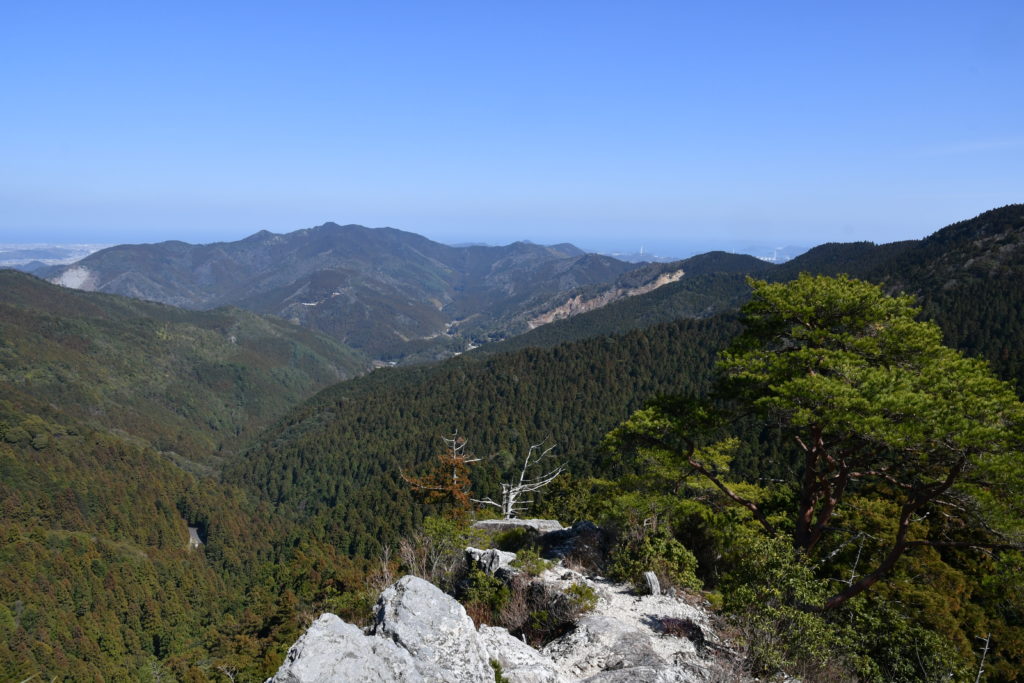
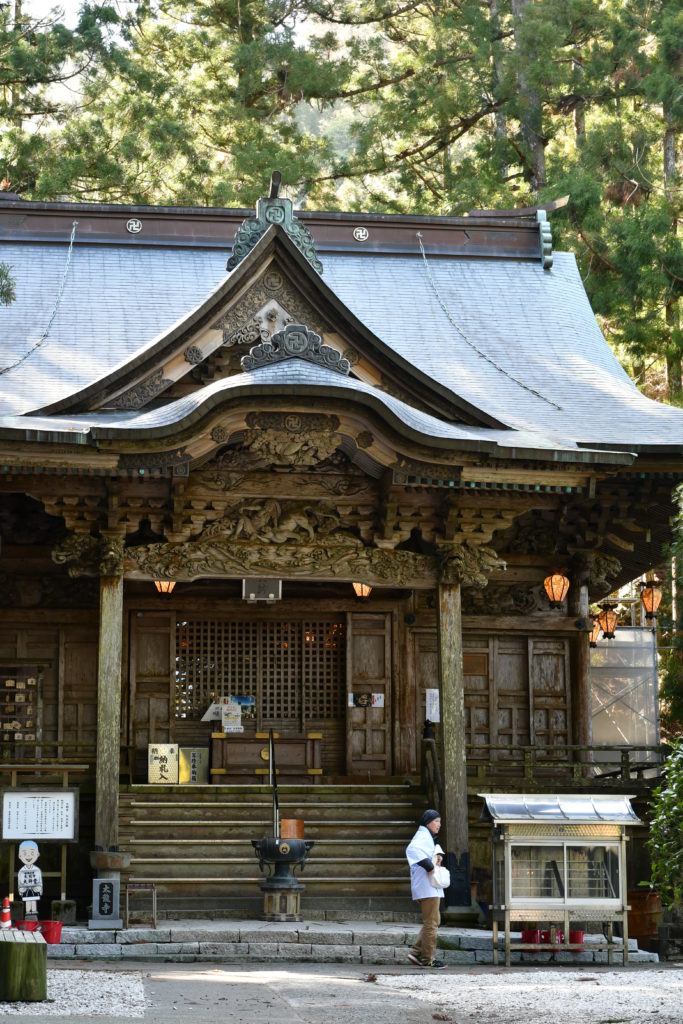

The Kamo Trail: The Oldest Existing Part of the Henro Trail
There are not that many places in Shikoku where Kukai can be verified, as a historical fact, to have visited and done ascetic practice. In his book Sango Shiiki, he writes about doing ascetic practice in Mikurodo Cave on Cape Muroto, as well as on Otaki Peak. “Otaki Peak” refers to the current 21st stop on the Henro Trail, Mt. Tairyuji, home to Tairyuji Temple, in the Kamo district of Anan, also known as Nishi no Koya.
According to Sango Shiiki, when Kukai was 19 years old, he spent 100 days performing a form of ascetic practice known as Kokuzo Gumonji-ho atop the rock Shashingatake, about 600 meters to the southwest of the present-day location of Tairyuji.
Currently, a statue of Kukai (known posthumously as Kobo Daishi) is enshrined at Shashingatake, facing the east, where Mt. Koya is. Far from deep-green mountains, the blue waters of the Kii Channel can be seen. One thousand two hundred years ago, Kukai himself must have looked out on this same landscape as he enthusiastically performed ascetic practice here.
The 4.4-kilometer road from the Kukai-linked Tairyuji Temple to Kamo’s Isshuku Temple, at the base of the mountains, is called the Kamo Trail. Alongside the Kamo Trail, old stone distance markers known as cho-ishi still remain. Cho-ishi were erected at intervals of one cho (roughly 109 meters), and the Kamo Trail cho-ishi are engraved as being from the fourth year of the Joji era of the Northern and Southern Courts Period (1365 CE). These are the oldest remaining pieces of stonework along the Shikoku Henro Trail, serving as proof that the Kamo Trail is an ancient path that had existed since even before the Shikoku Henro was established.
In the words of Koki Mukai of the Anan City Cultural Promotion Department, “Mt. Tairyuji in Tokushima Prefecture and Cape Muroto in Kochi Prefecture are said to provide historical proof that Kukai visited to do ascetic practice in his younger days. So if there is any part of the Henro Trail that Kukai actually walked that we can say still exists in the present day, it would be the Kamo Trail.”
As its cho-ishi suggest, the Kamo Trail has been used as a path for a very long time, and since development has never reached that far, the ancient landscape of the Henro Trail has been preserved.
Actually, in addition to the cho-ishi, there are a number of other stone monuments alongside the Kamo Trail, including the stone chambers in which Shikoku’s famous 33 images of the Bodhisattva Kannon are enshrined, as well as the gravestones of people who fell ill and perished while making pilgrimages to the region and seated figures of Kobo Daishi.
In addition to those, the place from which Kukai is said to have stuck out his cane and flown to Kakurinji, the 20th amulet-distributing temple, a rock that Kukai is said to have caught with his fist, and a rock known as the “Shuffling Stone,” said to be moving little by little toward the summit of Mt. Tairyuji, are some of the numerous other objects connected to the legends of Kukai which remain alongside the Kamo Trail.
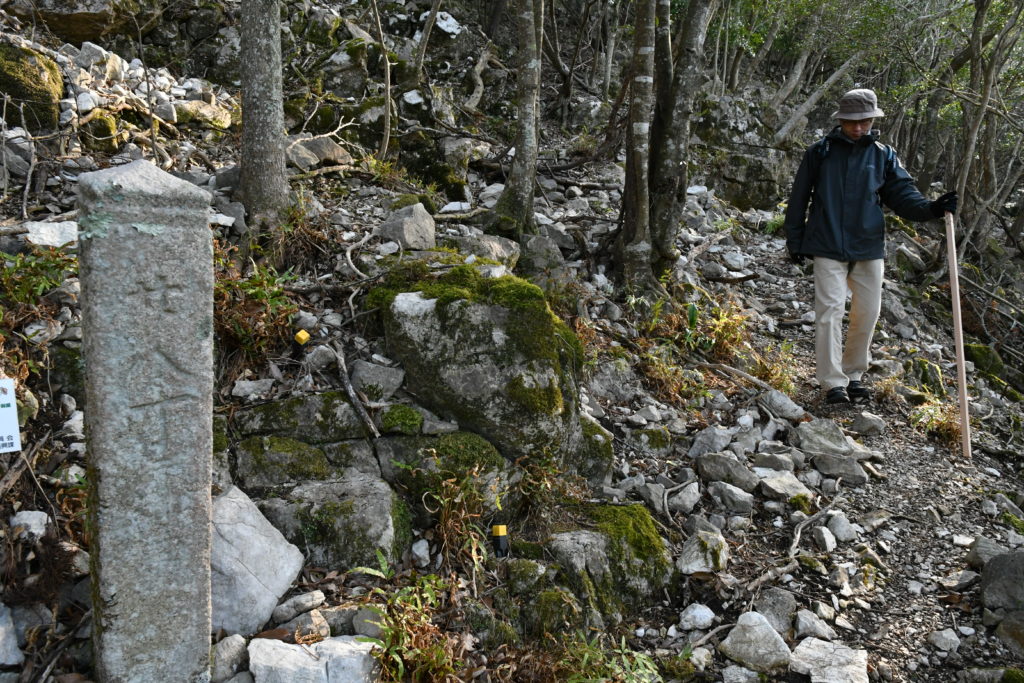
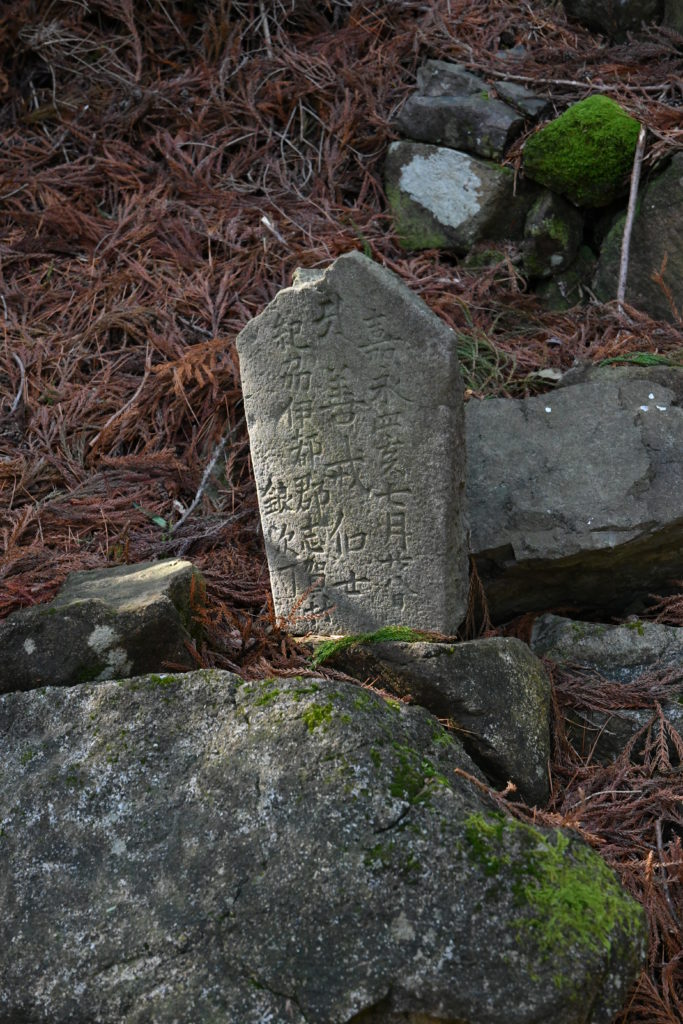
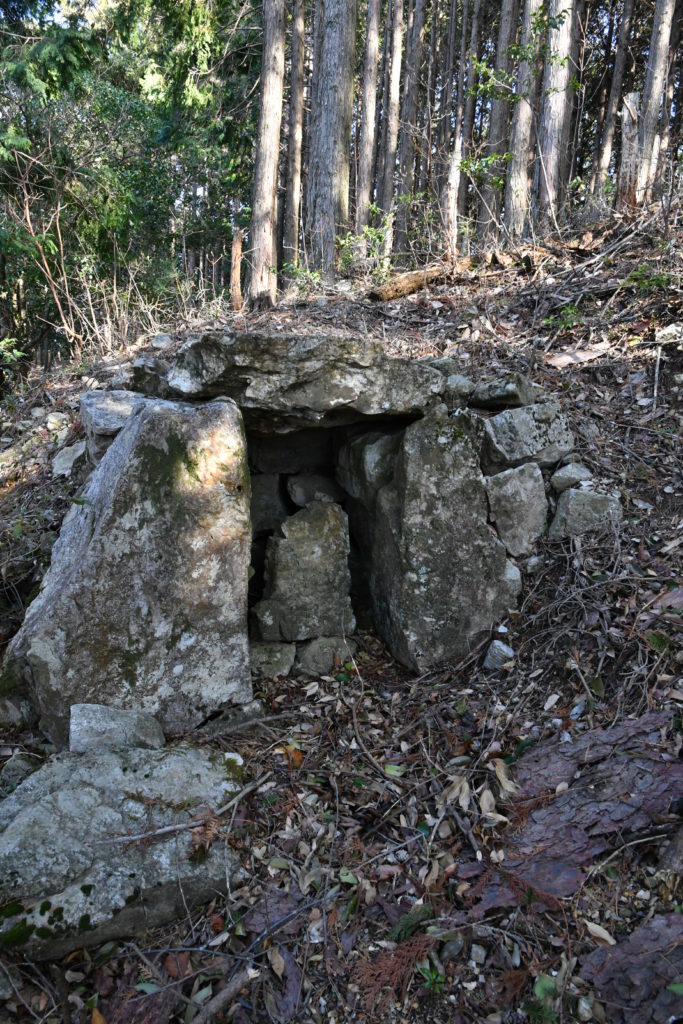
The Revival of the Abandoned Kamo Trail
The Kamo Trail, which is overflowing with romantic historical tales like this, was forgotten and left behind by people until recently.
“The first time I heard about the Kamo Trail was in 2006 when I got involved with an environmental improvement project around the cho-ishi markers. At that time, bushes were growing thick on the path. It was desolate, in a condition where you couldn’t even walk on it. But I started to get interested in it when I was told by the other participants in the cleanup that people had been using this trail for pilgrimages to Tairyuji until 50 years ago, and there were various historic landmarks connected to Kukai along the path,” says Mukai.
It was then that the four prefectures of Shikoku launched a campaign to get the 88 Temples of Shikoku recognized as World Heritage sites. But it became a big issue that the Henro Trail itself was not being preserved as a cultural asset. So an effort to treat the Henro Trail as a cultural asset began in 2009, and a cultural asset survey was conducted by Anan, in cooperation with Tokushima Prefecture and the town of Katsuura, looking at the route that ran from the 20th amulet-distributing temple, Kakurinji, to the 21st, Tairyuji, and the 22nd, Byodoji. Additionally, in 2010 and 2011, surveying and improvement work was performed on connected routes as part of a National Emergency Job Creation Project.
As a result of these efforts, “The Anan Henro Trail, the Kakurinji Trail, the Tairyuji Trail, and the Cavern Trail” were designated National Historical Landmarks in August 2010. After this, the Kamo Trail was also named a National Historical Landmark in a 2015 supplemental designation.
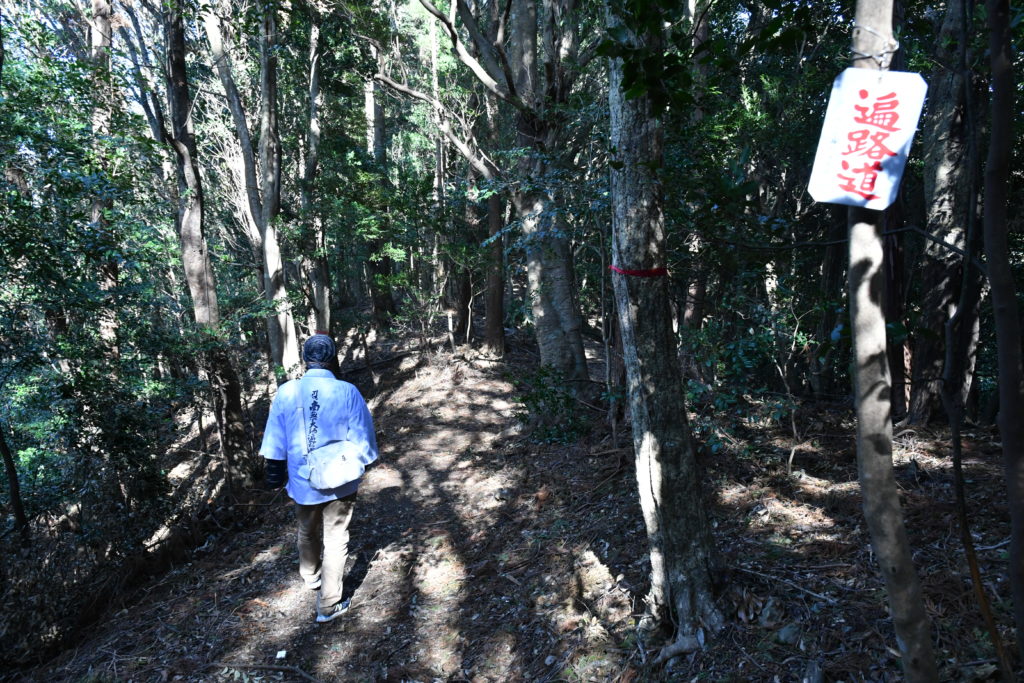
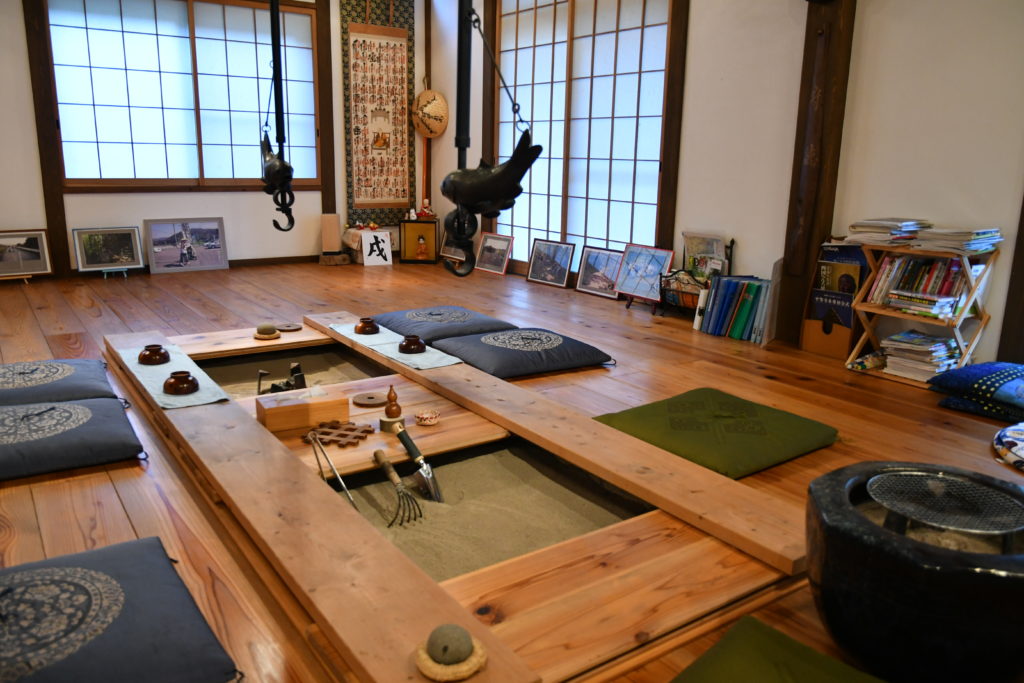
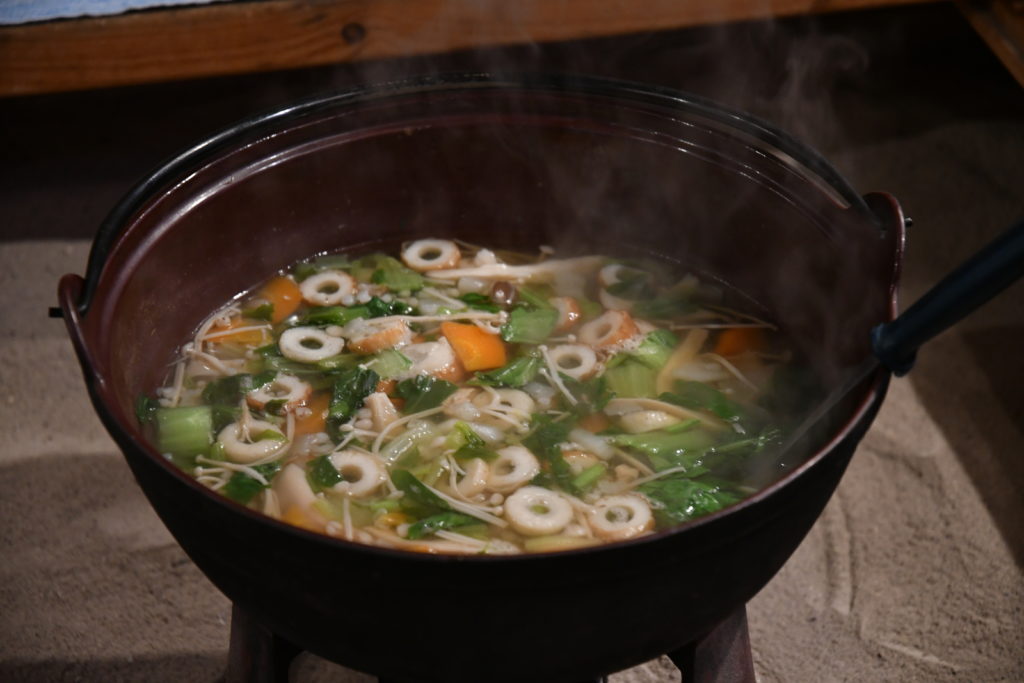
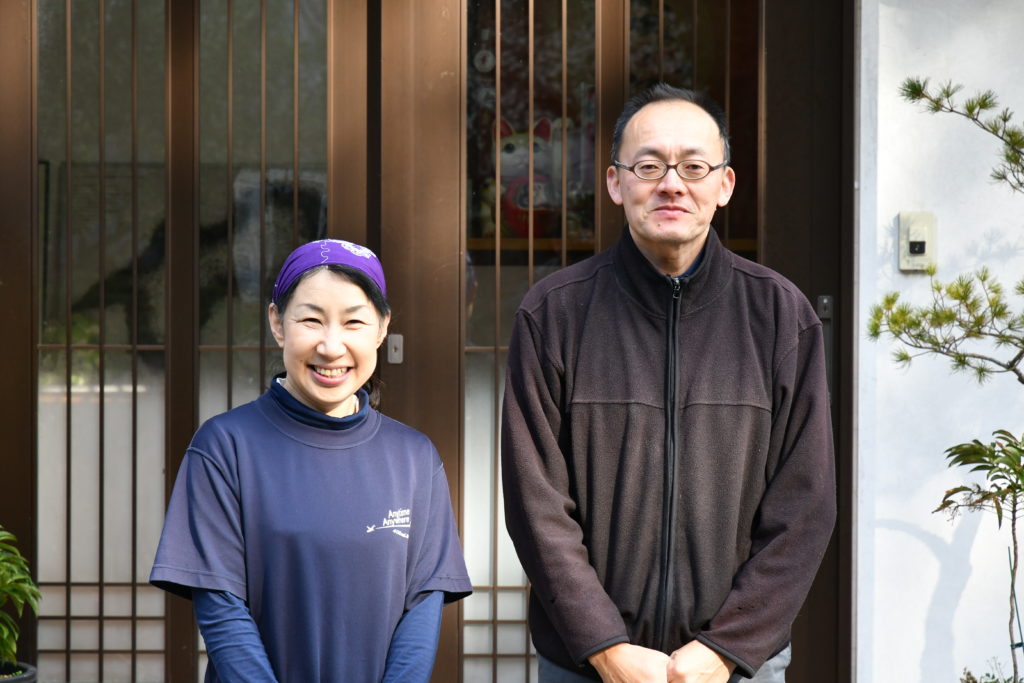
Local People Develop a Plan for Managing and Maintaining the Henro Trail
In the middle of these activities, the number one issue that arose was developing a plan for the management and maintenance of the Henro Trail.
“Surveying and improvement work could be done primarily by the city government. However, if the city government were to do all the management and maintenance work, then if, for example, a typhoon knocked over a tree and caused damage to the trail, then dealing with it, from getting budget approval to execution, would take a minimum of 2~3 weeks. But pilgrims would keep steadily arriving during that time. If we screwed up and didn’t secure the year’s budget, it would become a problem that we would have to deal with in the next fiscal year,” Mukai recalls.
So the method that Mukai chose was to hold several local lectures about the Henro Trail and have a “Protection Association” formed from locals who would be responsible for the management and maintenance of the trail. While he was in the middle of giving these several lectures, he gained a heightened awareness of the Kamo Trail’s importance to the local people. Thus in 2013, the Kamodani Henro Trail association was formed by local residents.
There are currently about 30 members in the association, most of whom are locals. Twice a year, the city consigns jobs to the group, and so the maintenance and management of the Kamo Trail are performed. This working method has gradually amassed a reputation for itself, and the association has now begun to bring in donations from local businesses.
Every year, at the end of November, the group holds a Henro Trail-walking event called the Omokage Walk. The members of the association use this opportunity to guide participants. Counting other occasions, group members do guide activities a total of 10 times a year.
Yukiyoshi and Megumi Hara, a husband-and-wife team who operate a guest house in the village of Kamodani, are also active as members of this group. Megumi, the guest house’s hostess, had this to say about the details of their participation:
“My husband is a native of Kamodani, but I had never even heard of the Kamo Trail. But I started participating in these activities based on one of Mukai’s lectures. This guesthouse was originally set up for people who wanted an experience of countryside life, but we’ve had more and more guests visiting on pilgrimages, and now more than half of our visitors are from foreign countries like Taiwan and The Netherlands, here to walk the Henro Trail.”
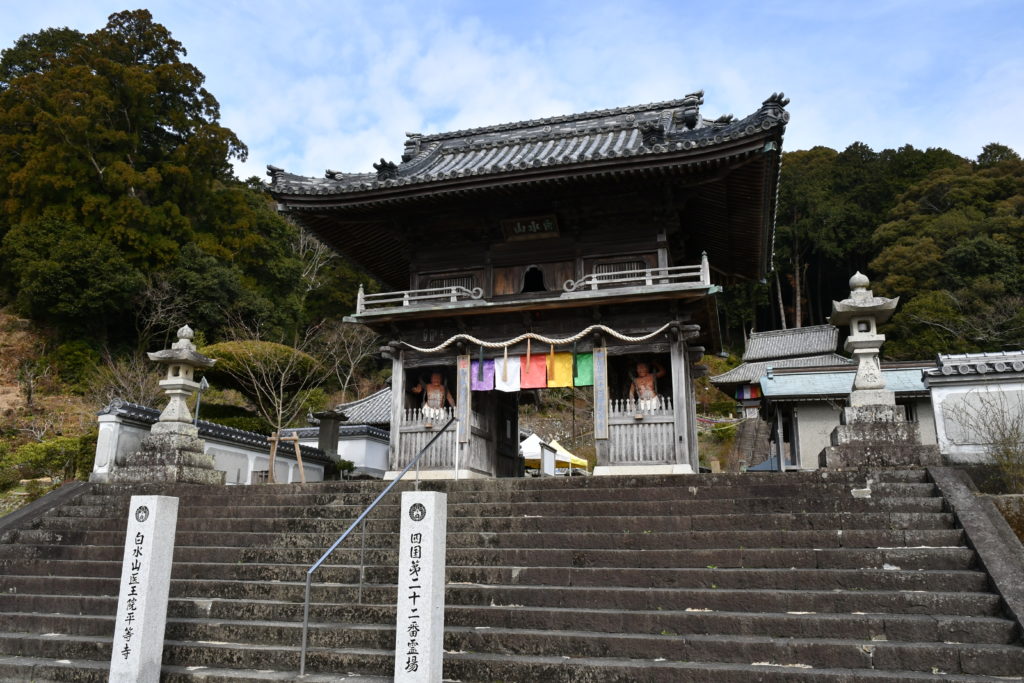
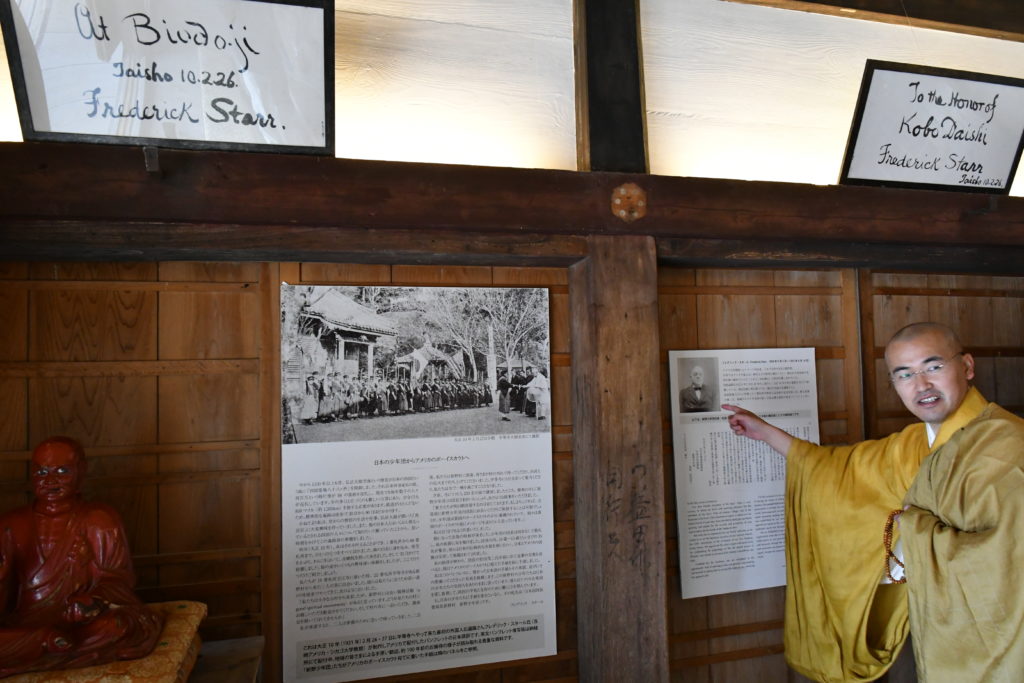
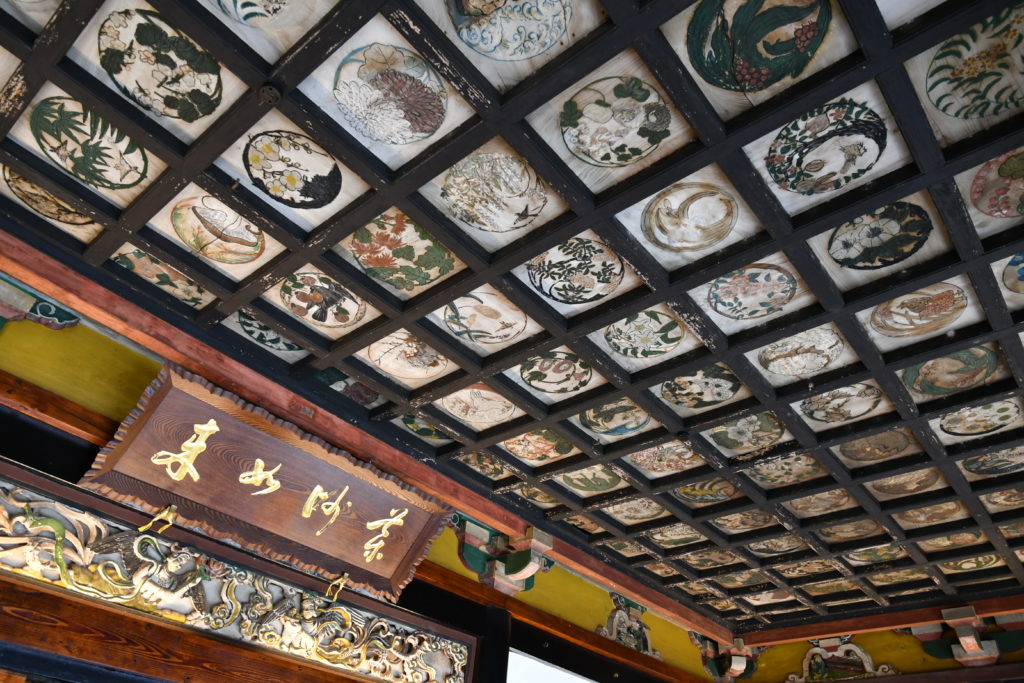
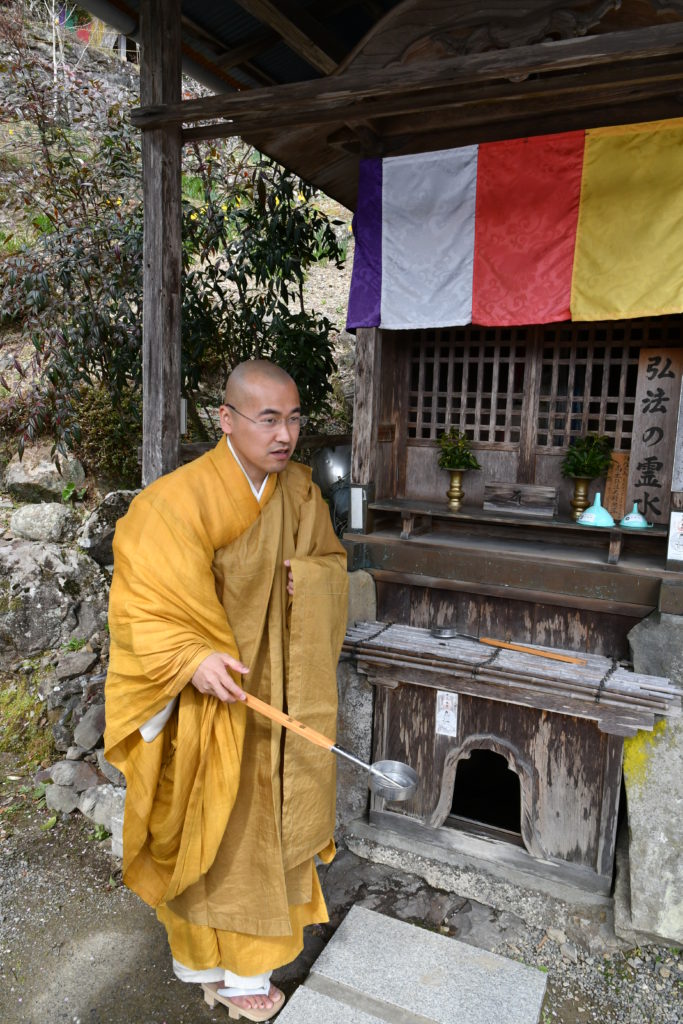
Slipping Through Time to the Heian Period
As a historical cultural object, without man-made objects like handrails or artificial wood, the Kamo Trail is managed and maintained in a way that strives to preserve as much of an atmosphere of the past as possible.
“When people walk down a road which still has the atmosphere of ancient times, they can feel as though they’ve slipped back in time to the Heian Period (794-1185 CE) that Kukai lived in. To think Kukai also tread this path and gazed out over this scenery stimulates deep emotion and makes one’s heart feel refreshed,” says Mukai.
Foot journeys like the Shikoku Henro Trail are a popular style of travel even in Europe and North America. In Japan, where the population is continuing to get older, demand is expected to increase steadily from now on, with goals like building better health. Other regions may take notes from Anan’s joint efforts with locals to manage and maintain the Henro Trail as a form of infrastructure to meet these needs. Hints on how to leverage history and nature to revitalize a region are hidden there.
Translated from the original article: Naoya Furuta (2018) Anan (Shikoku Pilgrimage): Slipping Through Time to The Heian Period on The Henro Trail Where Kukai Walked, Chiikijin vol.26, pp. 58-63

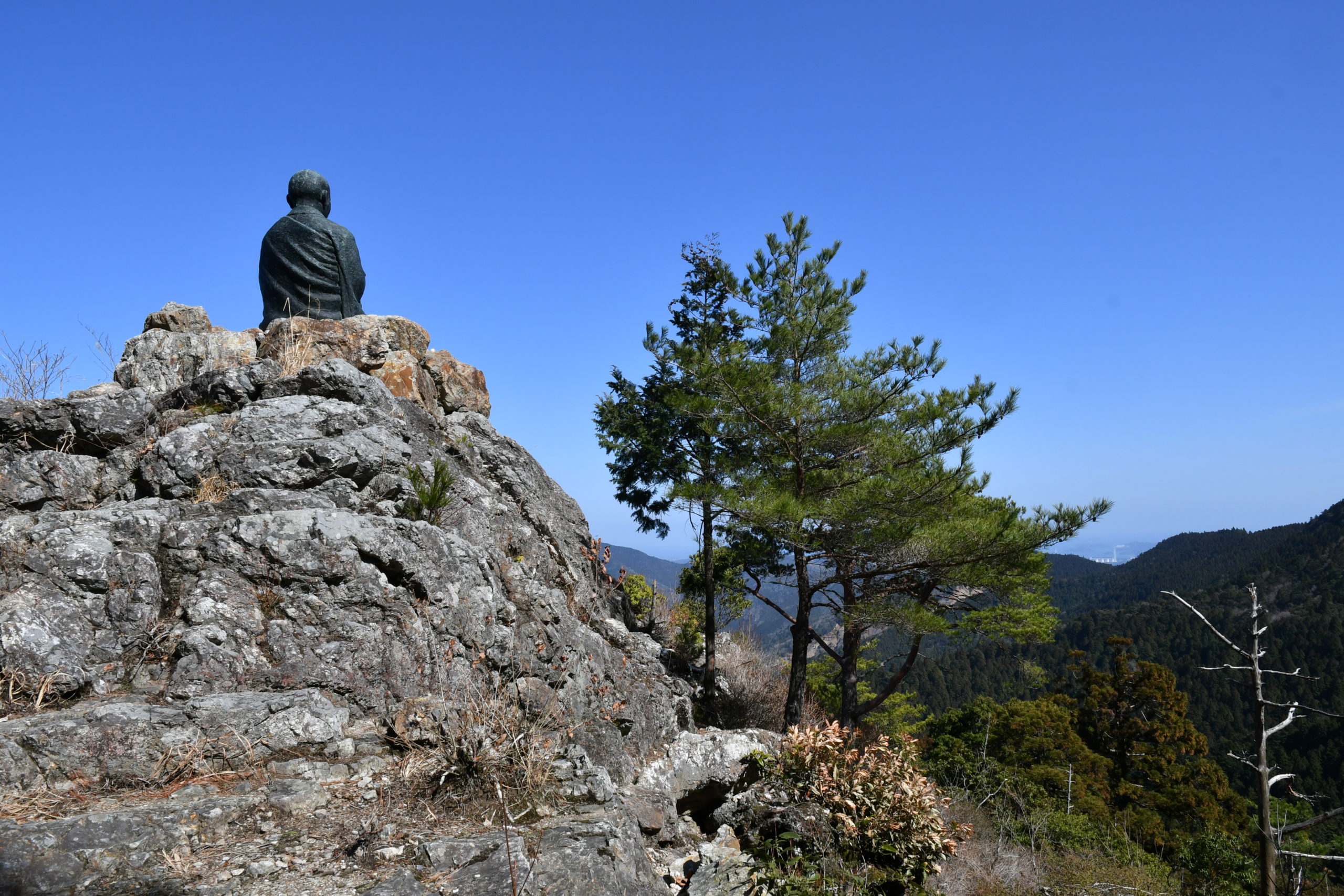


コメント